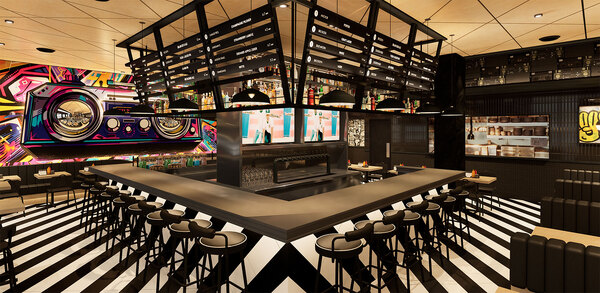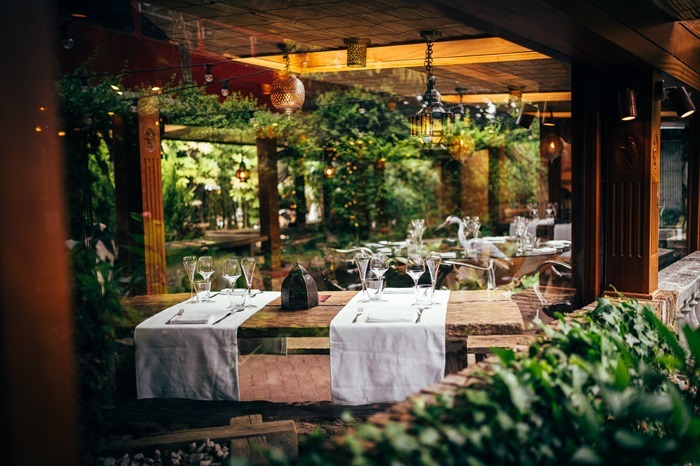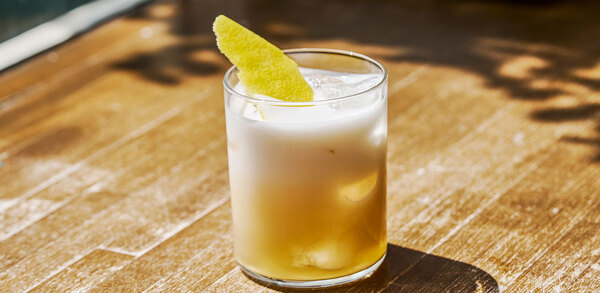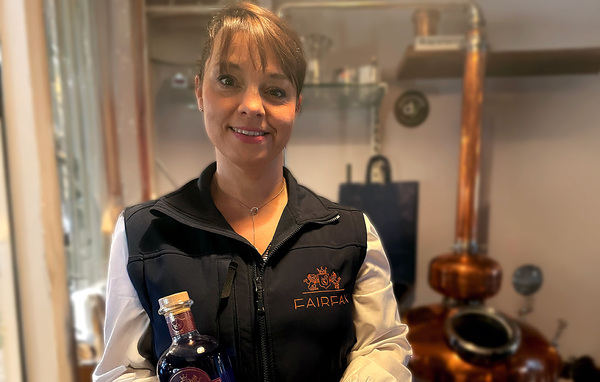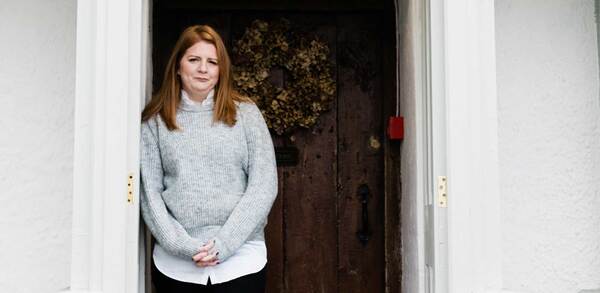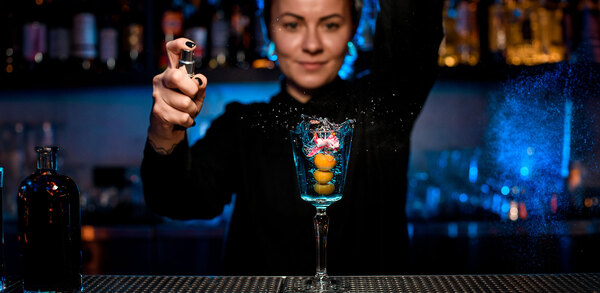Drinks Doctor: Which desserts pair with which Champagne?
With sugar and chocolate being Champagne’s sworn enemies in the flavour stakes, is it possible to present complementary Champagnes with the dessert menu, asks Martin Dibben
I have always been an advocate of serving Champagne with all elements of a meal, but when it comes to the dessert the pairing can be disastrous. The greatest enemy to Champagne is sugar, so to get the Champagne and dessert in harmony we need to consider the balance of sugar.
When Champagne was first being made, the popularity at the French and Russian courts was for very sweet Champagnes with up to 400g of sugar per litre. A change in tastes and winemaking processes meant the Brut, with between 8g-10g per litre, became popular. However, many Champagne houses still make a sweeter cuvée, such as a sec (17g-32g) or a demi-sec (32g-50g). The next level of sweetness is the doux (50g and above), which is rarely made, but we have started to list the GH Martel doux-sweet Champagne NV.
One approach to pairing desserts and Champagnes is to look at desserts that get their sweetness from butter, cream or pastry cream instead of their level of sugar. These desserts, which often have a high fat content, are balanced by the high acidity in the Champagne. Such desserts would include a panna cotta, crème brûlée and Eton mess. Or, as we are in rhubarb season, why not try rhubarb Eton mess paired with Harmony, the demi-sec from Champagne Laurent-Perrier with 40g of sugar per litre?
A further avenue to find a perfect pairing is to choose a dessert that complements the Champagne’s delicate flavours. A Chardonnay-dominant cuvée, with delicate aromas of green apple, lemon and grapefruit, would be lost with heavy chocolate and caramel desserts. Instead, consider apple pie, pear frangipane and lemon posset or desserts with citrus and green apple flavourings. When we look at the red grape Champagnes, such as Perrier-Jouët Blason rosé with notes of red fruit, we can combine them with desserts containing strawberries, raspberries and cherries, whether that’s classic strawberries and cream, cherry tart or a raspberry cheesecake.
Chocolate is the ingredient that every Champagne house avoids like the plague, so imagine my concern when I was told I was presenting Champagnes at a Mothering Sunday event with a chocolate brand. By following the principles above, I firstly identified chocolate with low sugar content. Chocolate with a higher percentage of cocoa will contain less sugar, and so 80% and 100% chocolate went well with a Brut NV such as the Pommery Brut Royal. I then looked for chocolate where the contents would complement the delicate flavours in the Champagne, and found that a raspberry white chocolate paired with a rosé Champagne with its red fruit aromas. Once I started eating a bar with layers of dark chocolate, creamy white chocolate and caramel, it was time to open the Veuve Clicquot demi-sec with its 45g of sugar per litre. So when you next conclude your meal with a burst of sweetness from a dessert, you can now be confidant that you can pair it with a Champagne.
Martin Dibben is head of Champagne at caterer Searcys
Do you have a question for one of the Drinks Doctors? Send your query to drinks@thecaterer.com





